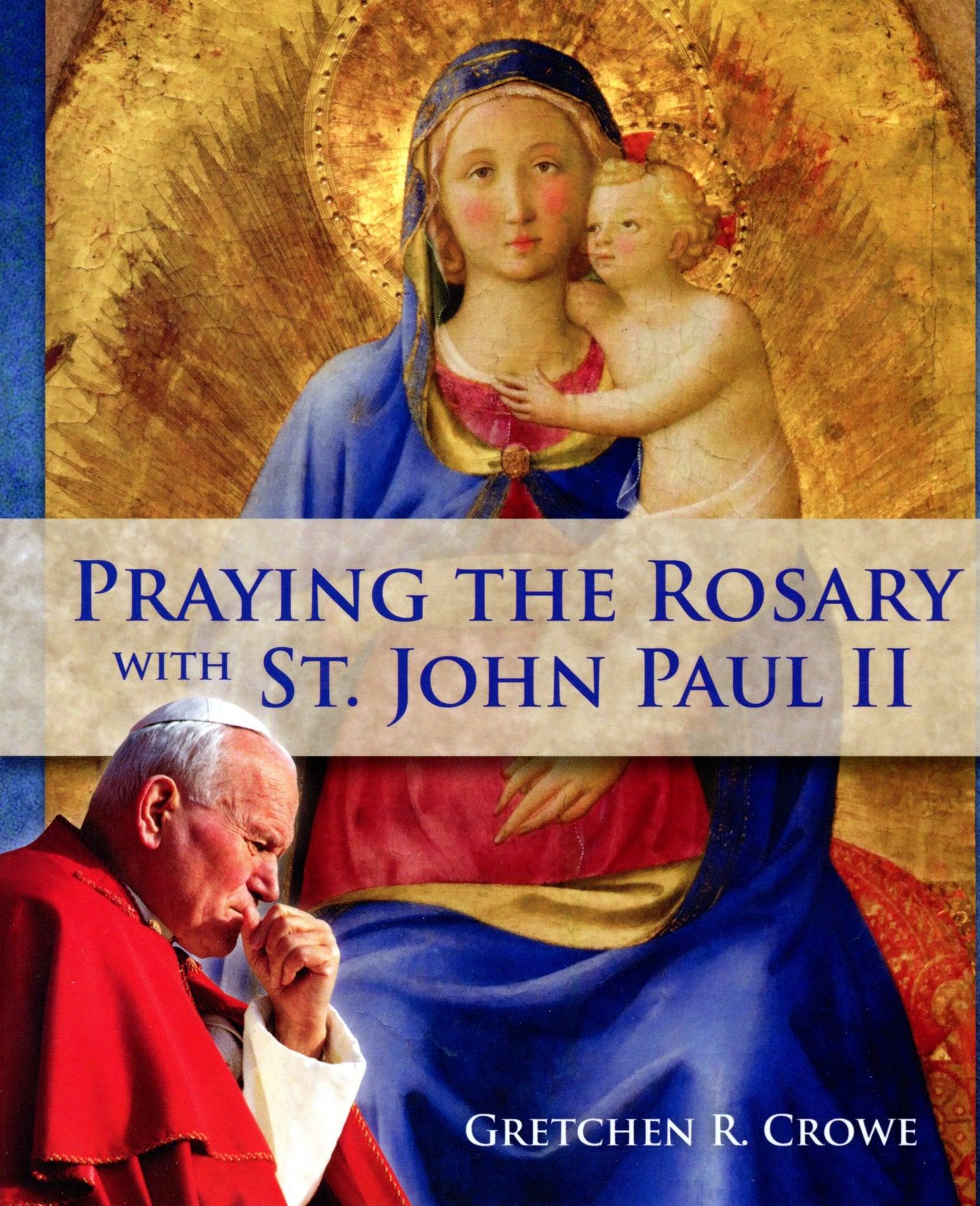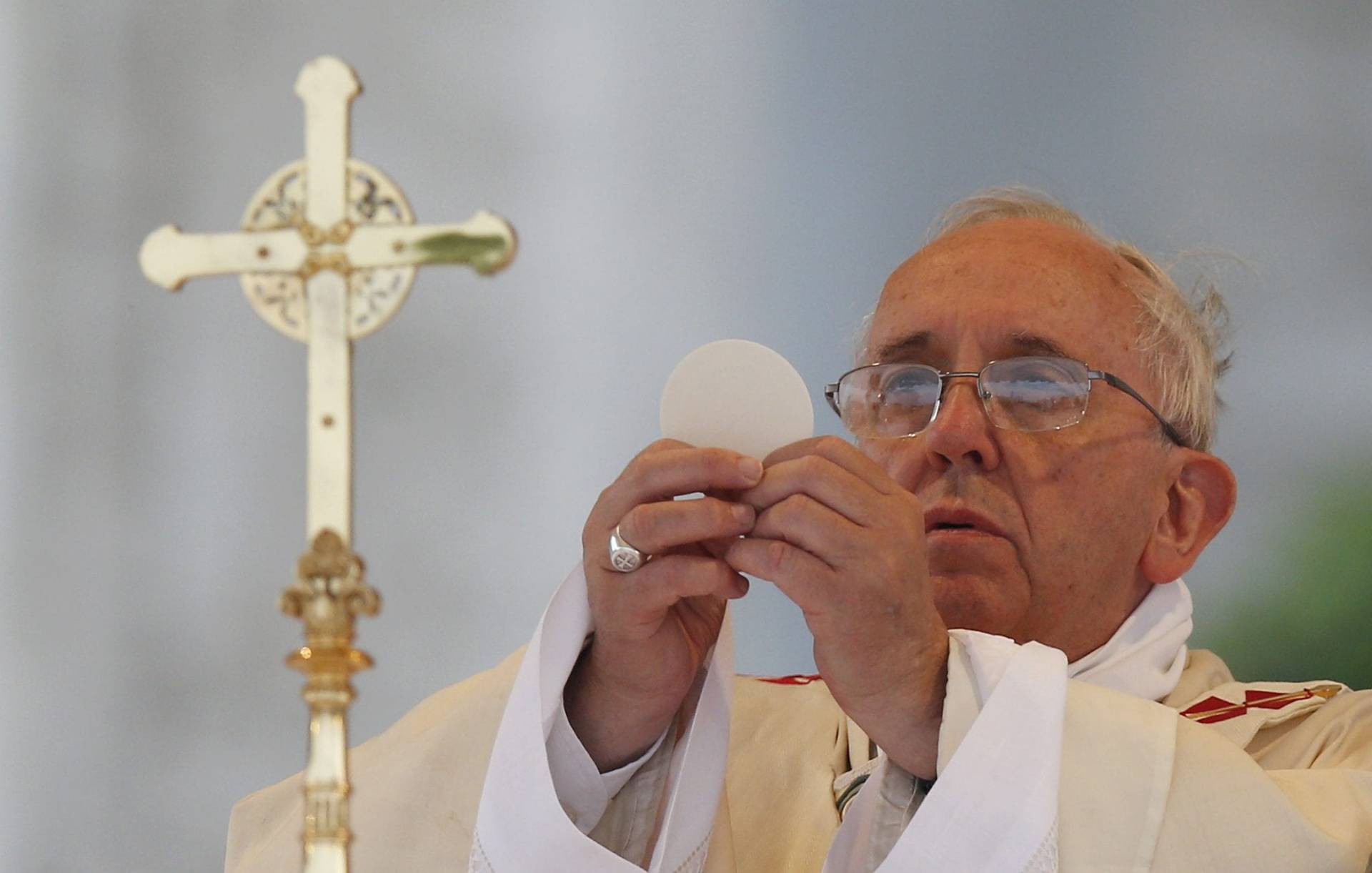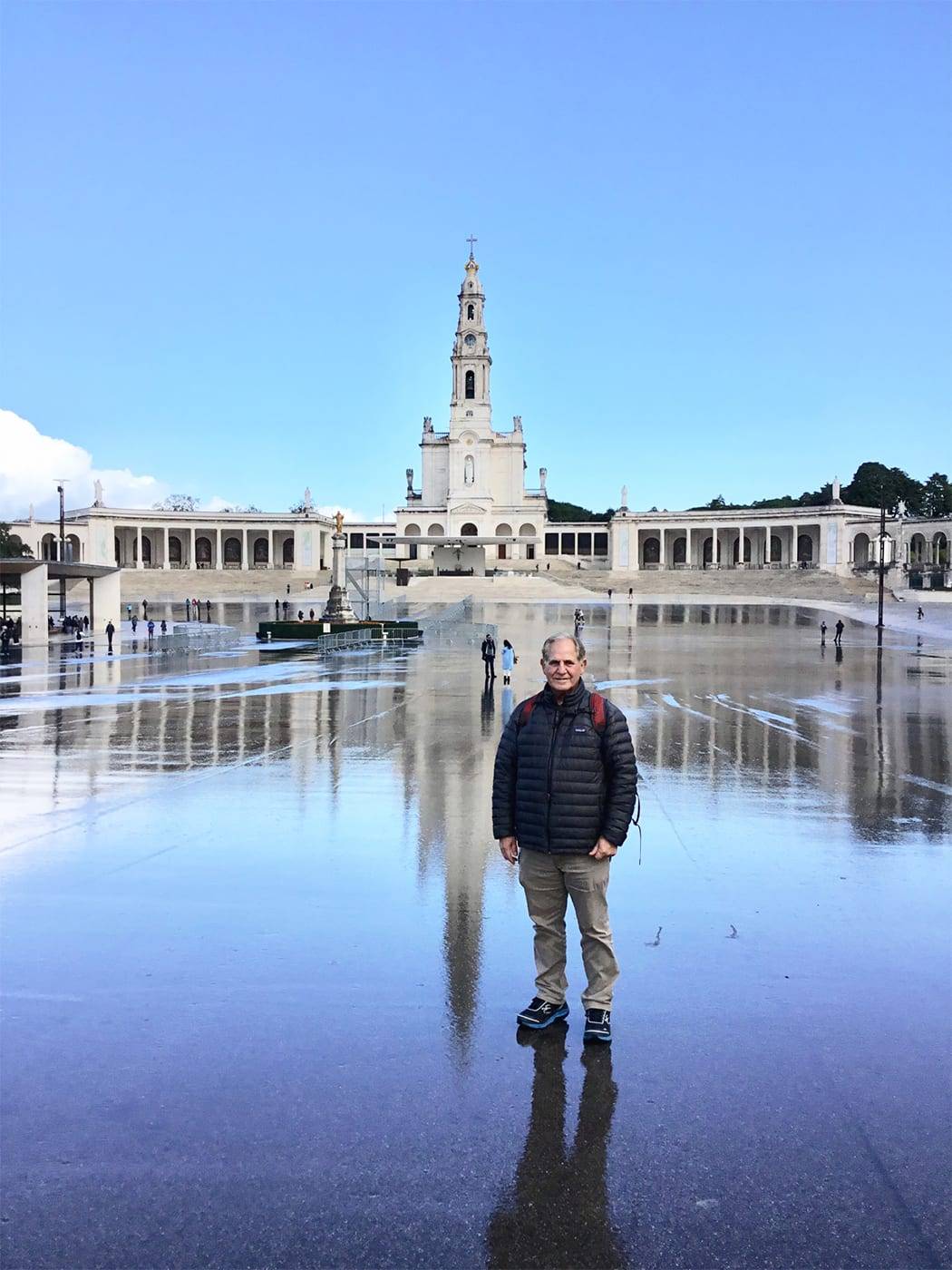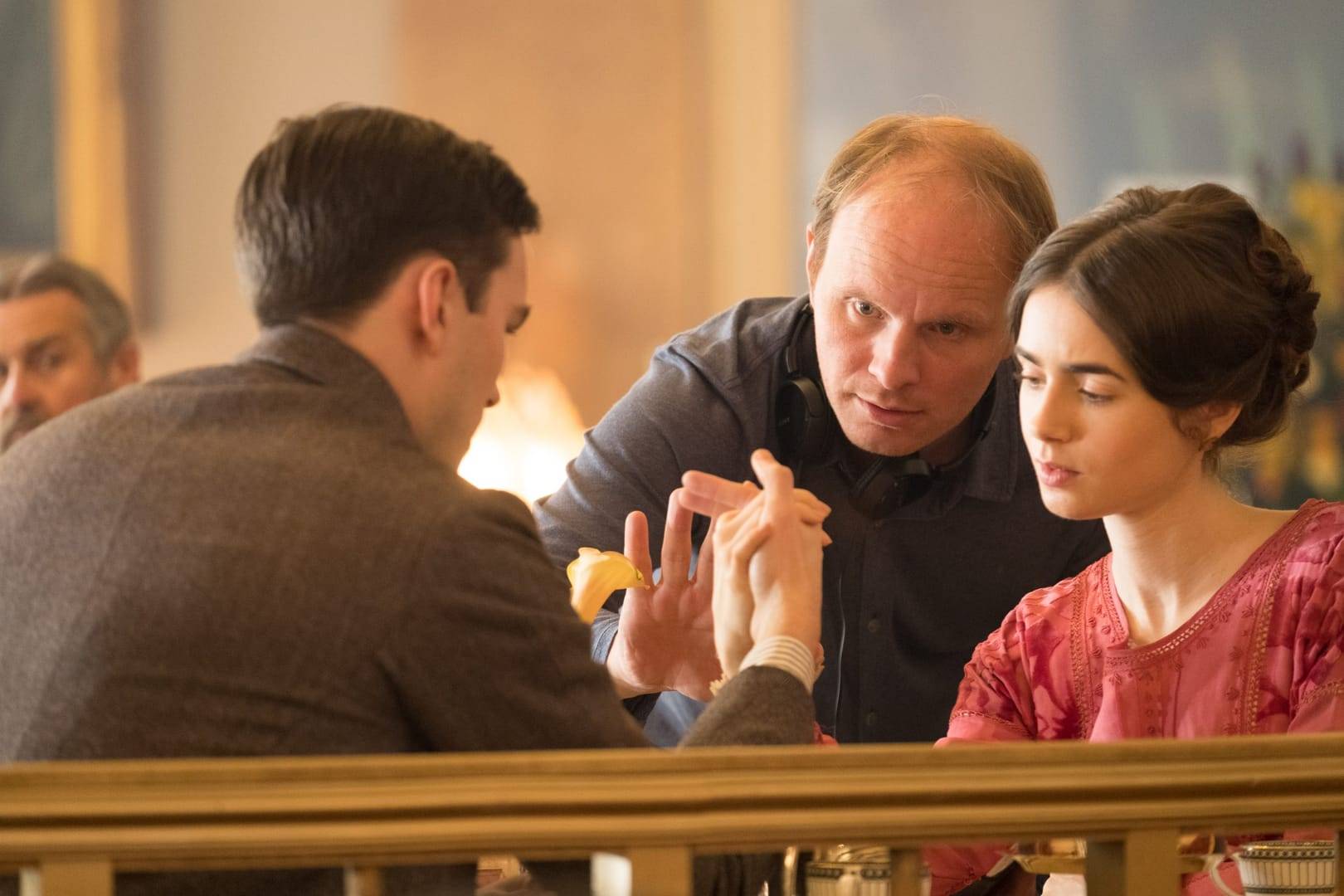Gardens are a lot like children. These summer mornings, as I stand for what seems an eternity with my watering can over lavender and forget-me-nots, I remember that they need feeding and watering, coaxing, and periodic transplanting to larger beds.
“Working” a garden summons me to do the hardest thing of all: Slow down and smell the roses.
We don’t hear much about this from our pulpits, sadly, but rest and play are theologically bedrock. We are incarnational creatures. And summer, with its color-drenched clematis, its bonfires and butterflies, is an invitation to unclench our shoulders, lower the ego’s armor, and become simpler — to run through a garden hose, count fireflies, and get to know the neighbors passing by with their kids.
Where I live, frozen ground one morning gives way to an extravagant riot of resurrection — the Maker’s imagination gone wild for our delight and nourishment, physical and spiritual. And as in so many things, it is our artists who seem most adept at catching the fire of this wildness and heeding its call.
Madeleine L’Engle used to assert that the renewal of the summer garden was as essential as her daily reading of the Holy Office. She wrote of changing her venue, come the summer, heading north from New York City to her Connecticut farm, Crosswicks, where though she continued to write, her balance intentionally shifted.
“I sit on my favourite rock, looking over the brook, to take time away from busy-ness, time to be,” she writes in A Circle of Quiet. “I’ve long since stopped feeling guilty about taking being time; it’s something we all need for our spiritual health, and often we don’t take enough of it.”
Without the rhythms provided by her time in nature, what she called “release,” there was no creativity. The well-spring dried up. We would have no Wrinkle in Time, no Swiftly Tilting Planet, or so many others.
Then there was William Blake, who called Jesus and his disciples “great artists,” and who famously sat naked in his garden, inviting inspiration, in the manner of Adam and Eve. Monet created Giverny, the sanctuary and inspiration that has continued to gift his viewers through time. Henri Moore, Frida Kahlo, and Renoir all worked in and drew inspiration from their gardens.
The great artists never flinched from the close connection between rest, play, and deep creativity. But it was a stranger who transformed my own summers and taught me the spiritual gift of keeping a garden.
She was a newcomer, lonely and sad, a middle-aged woman who had lost all that was familiar to her — her home, her friends, her job. She had relocated to our out-of-the-way street in a small neighborhood in a new city, and she knew no one except the man who had convinced her to give it a try.
One day I saw her pushing a hand mower across the crab grass on his wooded lawn. The next day she was at it again. Soon, she was out every day, with a rake and a wheelbarrow. She heaved rocks, dug in compost and peat. For a while, we neighbors watched in disbelief that anyone was crazy enough to turn that rocky rise of shaded clay into anything.
We got used to seeing her, putting her oceans of empty time to good use. We’d stop briefly to chat. She plunked in a few plants from Home Depot. The crab grass gave way to a handful of blooms. And then it was winter again.
The next year, this woman who had never picked up a hoe before in her life, set to work early in the season. She read books, trotted out leaf bags, hired a high school kid after class to help her clear away brush. Slowly, incredibly, an English perennial garden began to appear. Cars passing down the street slowed to see what she had done. She dug and cultivated and created beds wherever she could find room on the property. It was breathtaking. The rest of us began to look at our own yard and to think about they might become if we changed our hurried ways.
She was only too happy to help us. By now, she had become beloved on the street. She was a serene, grace-filled presence, housesitting for pets, charming the children who passed by, inviting harried mothers to spend a few quite moments in her tranquil grove of irises and lilies of the valley.
To those who watched, she had created a sanctuary of slow time and deep beauty. Within herself, she would later tell me, she transformed isolation and doubt into relationships, purpose, and a new way of being.
When we Christians hear the word “garden,” our minds inevitably wend their way to Gethsemane. In the end, it is true, we will return to the gardens of the world. The gift of summer is to recognize for a season, as Moses did at Mount Horeb, that we are, indeed, standing on sacred ground. Lest we hurry too quickly to our next assignments, we would do well to heed the wisdom of children, artists, and the gardeners among us.

















